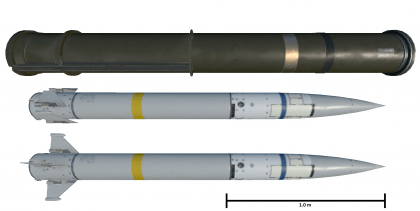Understanding the Evolution of Missile Technology

Introduction
Missile technology has become a pivotal element in modern warfare and international relations, playing a crucial role in national security strategies around the world. With the advancements in missile design and guidance systems, countries are enhancing their defensive and offensive capabilities, sparking debates over arms control and security threats.
Recent Developments in Missile Technology
In recent months, several nations have showcased significant advancements in missile technology, highlighting increasing tensions globally. For instance, in October 2023, North Korea successfully conducted tests of new long-range strategic missiles, which have raised concerns among its neighboring countries and the United States. Analysts suggest that the enhanced range and precision of these weapons could change the dynamics of regional security in East Asia.
Moreover, the United States has been investing heavily in hypersonic missile technology, characterised by speeds exceeding five times the speed of sound, making them extremely difficult to detect and intercept. This investment comes at a time when nations are racing to develop advanced military technologies, threatening to start a new arms race.
International Reactions
The global response to missile development has seen varied reactions. NATO has expressed concern over the implications of enhanced missile capabilities in nations like Russia and China. In response, it has sought to reinforce its own defence systems, including missile defence shields in Eastern Europe. On the other hand, countries with limited missile capabilities are pushing for international treaties aimed at containing the proliferation of advanced missile systems, although such efforts have often stalled amid rising geopolitical tensions.
The Future of Missile Technology
The future of missile technology remains uncertain, as nations continue to invest in more capable systems amid shifting alliances and rivalries. The creation of autonomous missile systems, capable of decision-making through artificial intelligence, further complicates the landscape. Similarly, advancements in counter-missile technologies are expected to keep pace, leading towards an increasingly complex battlefield environment.
Conclusion
As nations continue to innovate in missile technology, the implications for global security are profound. Governments will need to balance advancements in military capabilities with diplomatic efforts to prevent escalation and ensure stability. The race for missile development is not only a test of technological prowess but also a challenge to international diplomacy that will shape the future of defence strategies worldwide.
